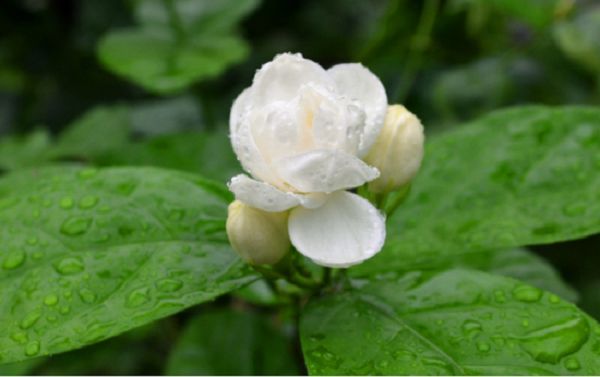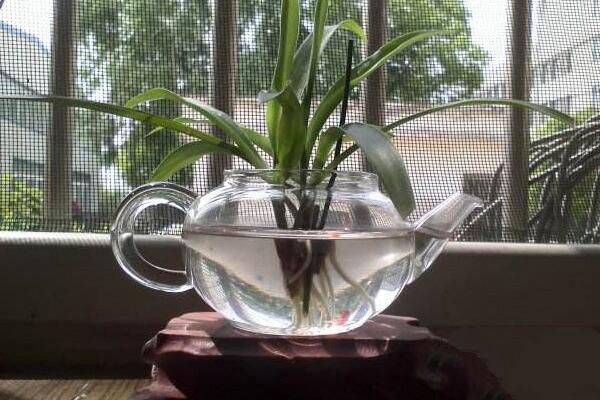What are the symptoms of flower diseases?

In the process of growth and development of flowers, the diseases caused by unsuitable environmental conditions are called physiological diseases. The diseases caused by lack of nutrients are mainly dwarfing and chlorosis. The lack of nitrogen in the plant can not guarantee its high growth; because the soil is too alkaline (north) or too acidic (south), the plant is weak and the leaves are scorched; lack of phosphorus, potassium and other trace elements will also make flowers green and wither. Lack of water in the process of flower growth and development will cause withering and dwarfing; too much water will hinder root respiration and rot, and plants will wither and yellow. Therefore, when the leaves are yellowing and wilting, it is necessary to make a careful diagnosis before taking measures.
The temperature of soil and air is too high or too low, which can also cause physiological diseases. If the soil temperature is too high, the damaged part softens, dries up and shrinks, especially the flowers with thin epidermis of shallow roots are vulnerable. Sunburn caused by excessive light forms a water-immersed spot on the sunny side of the base of the stem and slowly fissures. Diseases caused by low temperature (such as frost injury, frost injury, etc.) are generally easy to occur when there is a large temperature difference between day and night in early spring, and the damaged flowers and leaves, flowers and fruits are yellow, dry, shedding or leaves and young stems are curled, while flowers originating in frost-free areas, such as Magnolia and jasmine, die after frost. In addition, the harmful exhaust gases from factories and cars will also make the leaves discolored and fall off.
Related
- What if the leaves of potted flowers turn yellow?
- Florescence Control of several Flowers
- Anti-freezing technology and post-freezing nursing technology of flowers
- What is the classification of flowers? What are the common methods of flower classification?
- Prevention and control of alkali and acid damage of flowers in courtyard
- Technology of Anti-freezing and restoring growth of Flower seedlings in greenhouse and greenhouse
- How does flower fertilization not hurt the root? Fertilization technology of flowers
- Key points of disinfection in flower greenhouse
- Several pesticides that are banned or used cautiously in flowers
- How to fertilize the flowers that watch the leaves?



